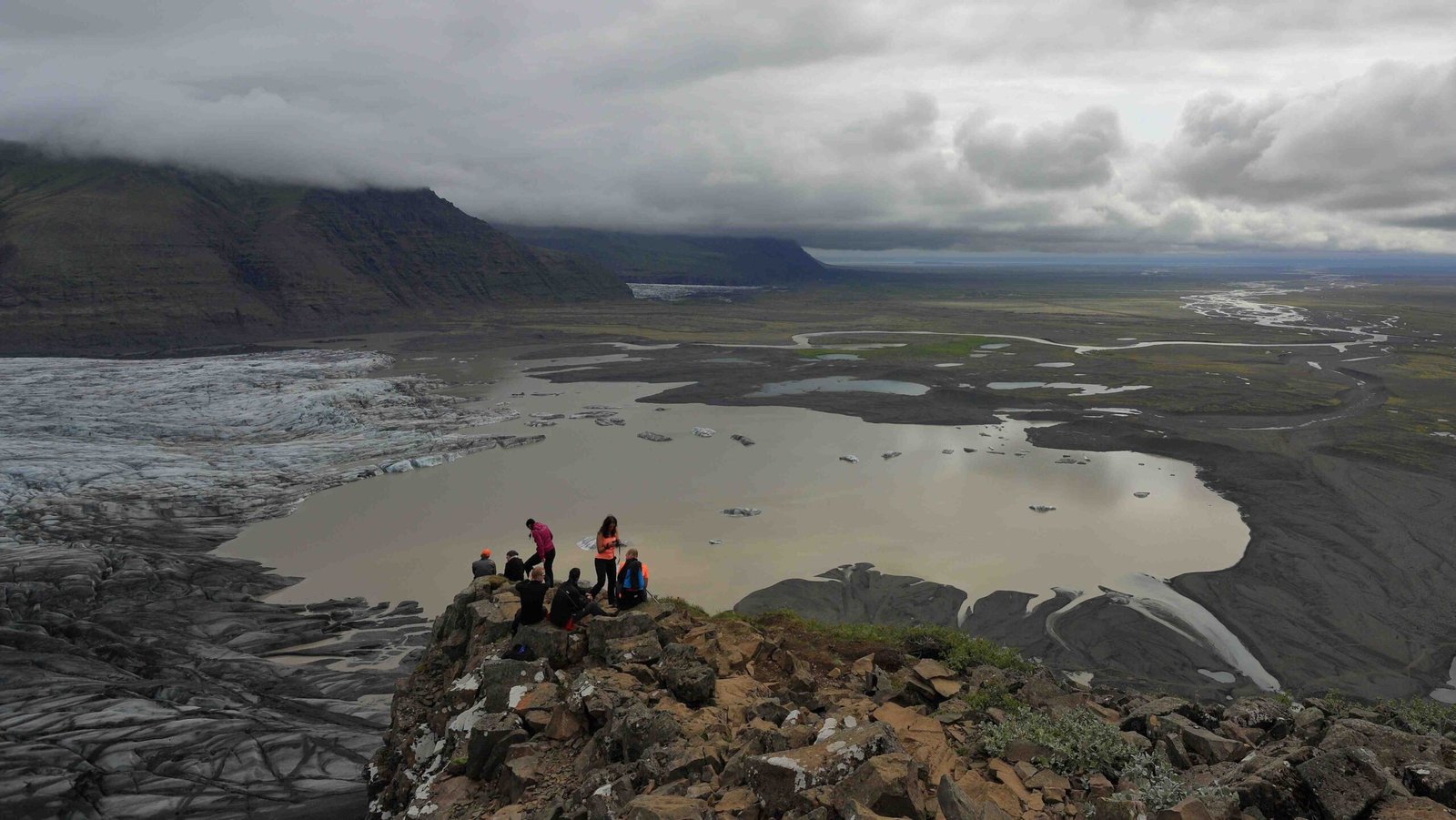Glacier National Park’s climate is characterized by diverse seasonal patterns, varying precipitation levels, and distinct microclimates influenced by elevation and geographical location. The park experiences cool summers, cold winters, and significant snowfall, particularly at higher elevations. Climate change is impacting the park’s glaciers and overall weather patterns, making it a unique environment for studying climate dynamics in the Rocky Mountains.
What Are the Seasonal Temperature Patterns in Glacier National Park?

Glacier National Park experiences distinct seasonal temperature variations throughout the year. Let’s explore each season in detail:
How Does Spring Feel in Glacier National Park?
Spring in Glacier National Park is a transitional period marked by:
- Cool temperatures gradually warming up
- Significant rainfall, especially in April
- Average high temperatures around 55°F (13°C) in April
- Low temperatures around 31°F (-1°C) in early spring
- Warmer days by June, with highs reaching 72°F (22°C)
What Can Visitors Expect During Summer in Glacier National Park?
Summer in the park is characterized by:
- Short and relatively cool conditions
- Average high temperatures between 60°F (16°C) and 70°F (21°C)
- Occasional hot days reaching up to 90°F (32°C)
- July and August as the warmest months
- Mean temperatures around 65°F (18°C) in July
- Cool nighttime temperatures, often in the 40s to 50s Fahrenheit (7°C to 15°C)
How Does Fall Transform the Climate in Glacier National Park?
Autumn brings noticeable changes to the park’s climate:
- Cooler temperatures, especially in September and October
- September highs up to 71°F (22°C) and lows around 39°F (4°C)
- October highs around 55°F (13°C) and lows near 30°F (-1°C)
- Strong winds with gusts up to 60 miles per hour
What Are the Winter Conditions Like in Glacier National Park?
Winter in Glacier National Park is characterized by:
- Long and potentially harsh conditions
- Mild temperatures due to warm Chinook winds
- November marking the start of winter with highs around 41°F (5°C) and lows near 25°F (-4°C)
- January and February as the coldest months
- Temperatures occasionally dipping to -40°F (-40°C)
- More common milder temperatures up to 50°F (10°C)
How Much Precipitation Does Glacier National Park Receive?

Glacier National Park is known for its significant precipitation levels, which vary across different areas of the park.
What Is the Annual Precipitation in Glacier National Park?
- Average annual precipitation: 42 inches (107 cm)
- Western areas receive more moisture than eastern areas
How Is Precipitation Distributed Throughout the Seasons?
Rainfall
- Rainfall occurs throughout the year
- Wettest month: June, with an average of 2.78 inches (7.1 cm)
- April also sees significant rainfall, averaging 1.33 inches (3.4 cm)
Snowfall
- Average annual snowfall: 225 inches (571 cm)
- Snow season typically runs from November to April
- January and February are usually the snowiest months
What Are the Unique Climate Characteristics and Trends in Glacier National Park?
Glacier National Park’s climate is influenced by various factors, creating unique characteristics and trends.
How Does Elevation Impact the Climate in Glacier National Park?
Elevation plays a significant role in shaping the park’s climate:
- Higher elevations experience cooler temperatures and stronger winds
- Logan Pass, for example, is typically 10 to 15°F (5.6 to 8.3°C) cooler than lower areas
- This elevation difference creates diverse ecosystems within the park
What Microclimates Exist in Glacier National Park?
The park’s geographical location creates distinct microclimates:
- The Continental Divide splits the park into two climate zones
- West side: More rainfall due to warm, wet Pacific air
- East side: Drier and windier conditions due to cold, dry Arctic air
How Is Climate Change Affecting Glacier National Park?
Climate change is having noticeable impacts on the park:
- Receding glaciers
- Shifting precipitation patterns
- Predictions of more rain instead of snow
- Decreasing alpine snowpack
- Accelerated glacier melting
What Should Visitors Know About Glacier National Park’s Climate When Planning a Trip?
When planning a visit to Glacier National Park, consider the following climate-related tips:
- Best time to visit: July and August for warmer temperatures and accessible hiking trails
- Pack layers: Temperature variations can be significant, especially between day and night
- Be prepared for sudden weather changes: Mountain weather can be unpredictable
- Check road conditions: Some roads, like Going-to-the-Sun Road, have seasonal closures due to snow
- Monitor fire conditions: Late summer can bring increased fire risk in dry years
- Consider shoulder seasons: May-June or September-October for fewer crowds and unique experiences
| Season | Average High | Average Low | Precipitation |
|---|---|---|---|
| Spring | 55°F – 72°F | 31°F – 45°F | High rainfall |
| Summer | 60°F – 70°F | 40°F – 50°F | Moderate |
| Fall | 55°F – 71°F | 30°F – 39°F | Variable |
| Winter | 41°F – 50°F | -40°F – 25°F | Heavy snowfall |
By understanding the climate of Glacier National Park, visitors can better prepare for their trip and fully appreciate the park’s diverse ecosystems and stunning landscapes shaped by these unique weather patterns.